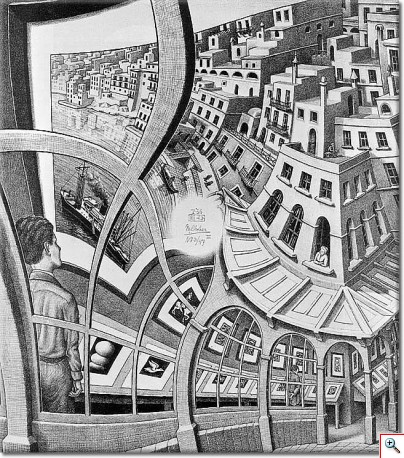I visited South Bend earlier this month to join a group of students from Notre Dame and several more of the nation’s best universities who held the first Congress of the Students for New Urbanism. The University of Notre Dame School of Architecture, it turns out, was an apt choice for the gathering. Notre Dame reframed its architectural curriculum several decades ago to concentrate on traditional neighborhood and urban design, one of the few architectural schools to do so. When a group of nationally-renowned architects stepped away from the land-consuming, oil-soaked, dispiriting strip mall and subdivision design juggernaut to form the Congress for New Urbanism in 1993, Notre Dame was waiting for them. The weekend conference  not only featured the ideas and energy of young architectural students fully aware of the need for their skills in a coming age of transformational change, it also focused on several presentations that made clear how central the practice of New Urbanist design and planning has become across the United States.
One important measure of the New Urbanist influence is the market, which increasingly looks to traditional neighborhood and town designs to meet buyer expectations and solve some of the long-standing economic, environmental, and cultural challenges faced by communities. New Urbanist town centers, housing developments, and commercial districts are under construction in at least 40 states now. The South Lake Union neighborhood in Seattle, once an underutilized light industrial sector, is redeveloping along a traditional urban street grid with homes and shops and offices mixed together, and served by a new streetcar line scheduled to open in December. Harbor Town in Memphis, a city that has attracted nearly 10,000 new downtown residents in recent years, and which also boasts a baseball district featuring hip streetlife and mixed residential and business uses, is another of the formative projects gradually changing how American cities redevelop.
Both Seattle and Memphis, and so many others — Chicago, Dallas, Houston, Boston, Charleston, Atlanta, Grand Rapids, – benefit from what James Kunstler, the movement’s chronicler, said was the “the most valuable things that the New Urbanists recovered along the way: the knowledge required to create a human dwelling place with a future.”
Another measure of New Urbanist influence is that two national architecture and planning firms, Torti Gallas and Partners (based in Silver Spring, MD, and Los Angeles) and Looney Ricks Kiss (offices in 7 cities nationally) embraced New Urbanism as central to their business strategies. Both have emerged as very large multi-dimensional players in American design and development practices. Â
J. Carson Looney designed much of Harbor Town, which started in 1989 and was one of the first large mixed-used new urban developments in the United States. Torti Gallas has amassed a similar collection of important projects. It just won a $250,000 contract from Ocean City, Miss., to develop a master plan for an area hammered by Hurricane Katrina along Biloxi Bay. The firm’s designs have collected a showcase full of awards from the Congress For the New Urbanism, the EPA, and other organizations. One of their most recent honors is the Governors’ Smart Communities Award for a mixed-use affordable housing project in Tacoma, Wash. A principal, John Torti, spoke at the weekend conference and is a graduate of Notre Dame’s architectural school.
As the new narrative of the 21st century unfolds, there is so much for architectural students to worry about — peak oil price shocks, global climate change, soaring population, flat personal incomes, financial market turmoil, diminishing government wealth, scarce natural resources. But the skills they are developing also offer some measure of hope. The walkable, beautiful, energy-efficient, land and resource-conserving, culture-enhancing places they are poised to design and build offer so many of the solutions.
       Â

Keith:
1) like the new header look … new urban (G)
2) good piece but I’d like to comment on “soaring population, flat personal incomes, financial market turmoil, diminishing government wealth”
Global population to flatten then decline this century
US population holding up as our society attracts immigrants
Undecided on personal income and financial markets – we did have a unsustainable bubble in real estate and the credit markets.
But “Government Wealth” ?
Other than physical plant, and real estate (parks, forests etc) and the military, isn’t it the people’s wealth? and a better term is government transfer payments or subsidies (corporate and personal)
On a local level we’re seeing it in Leelanau, and discussions about property taxes and spending.
Keep up the good work(s)
Ciao
Chip
Chip, on the photo. I’m told image is nearly everything. Thanks, Keith
I don’t usually reply to posts but I will in this case. 🙂